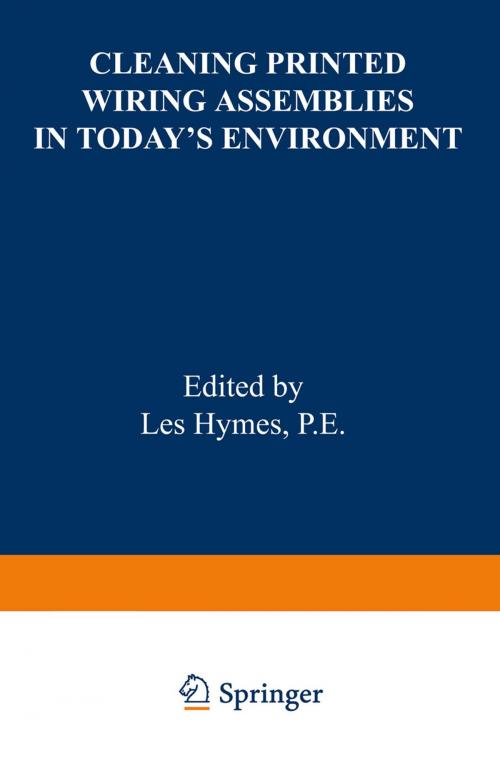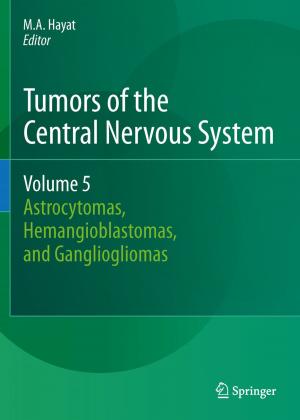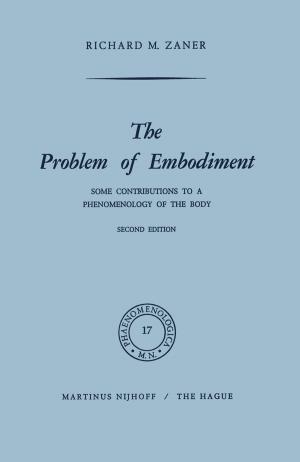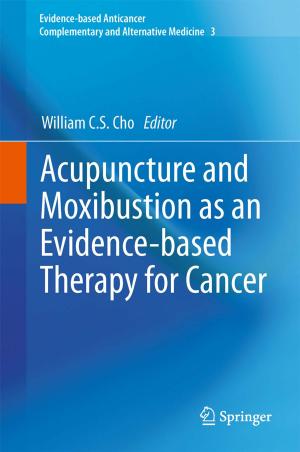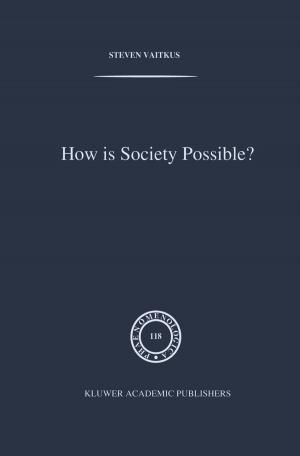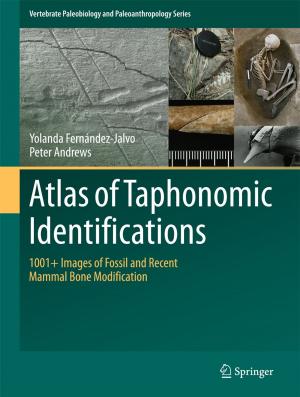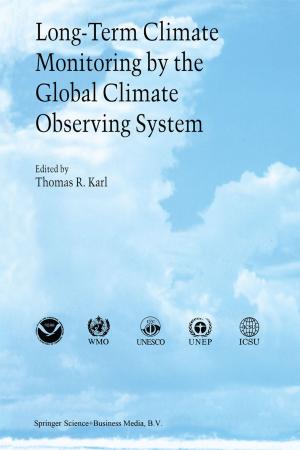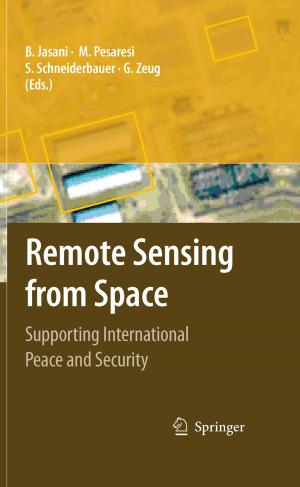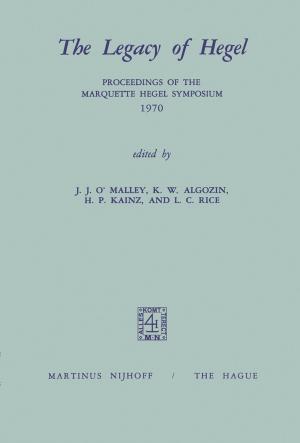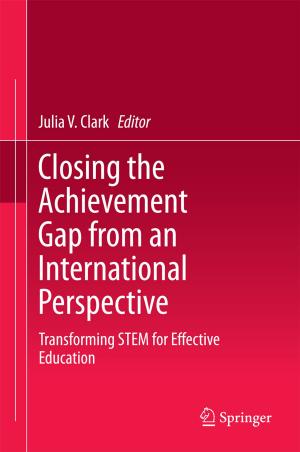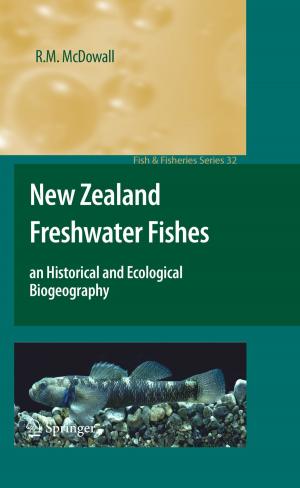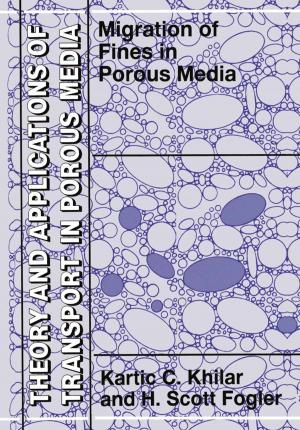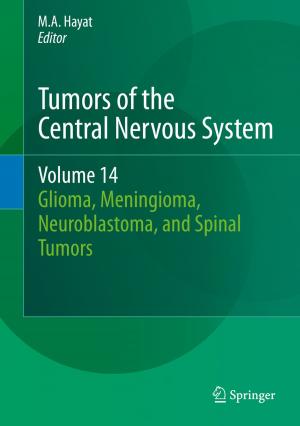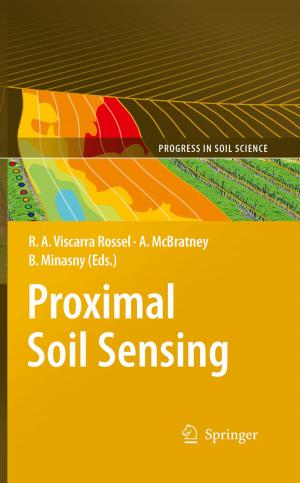Cleaning Printed Wiring Assemblies in Today’s Environment
Kids, Natural World, Nonfiction, Reference & Language, Education & Teaching, Science & Nature, Science| Author: | L. Hymes | ISBN: | 9789401169677 |
| Publisher: | Springer Netherlands | Publication: | December 6, 2012 |
| Imprint: | Springer | Language: | English |
| Author: | L. Hymes |
| ISBN: | 9789401169677 |
| Publisher: | Springer Netherlands |
| Publication: | December 6, 2012 |
| Imprint: | Springer |
| Language: | English |
The impetus to create this book originated from several concerns. One of these was the perceived value to the industry of a collection in one volume of a wide range of information pertinent to the reasons and techniques for de fluxing printed wiring assemblies (PWAs). This book is expected to be of use not only to those engaged in the electronics packaging industry but also to those in related fields seeking information concerning viable methods of dealing with one of the en vironmental issues of our time: the destruction of the ozone layer surrounding and protecting the planet with which we have been entrusted. The volume of information relative to providing PW As free of residues ad versely impacting operation, reliability, and life of electronic products is grow ing, and it will continue to expand at an accelerated rate as we seek to match our technology needs and desires with our environmental responsibilities. At the time ofthis writing, which has spanned the latter portion of 1989 and early 1990, the issue of choosing a new approach to producing PW As free of detrimental residues while using environmentally acceptable manufacturing techniques ap peared to be the major concern of the vast majority of those involved in the printed wiring assembly industry. To many this meant the use of different clean ing media and/or process or equipment enhancements; to others it meant the elimination of the need to clean through materials or process changes.
The impetus to create this book originated from several concerns. One of these was the perceived value to the industry of a collection in one volume of a wide range of information pertinent to the reasons and techniques for de fluxing printed wiring assemblies (PWAs). This book is expected to be of use not only to those engaged in the electronics packaging industry but also to those in related fields seeking information concerning viable methods of dealing with one of the en vironmental issues of our time: the destruction of the ozone layer surrounding and protecting the planet with which we have been entrusted. The volume of information relative to providing PW As free of residues ad versely impacting operation, reliability, and life of electronic products is grow ing, and it will continue to expand at an accelerated rate as we seek to match our technology needs and desires with our environmental responsibilities. At the time ofthis writing, which has spanned the latter portion of 1989 and early 1990, the issue of choosing a new approach to producing PW As free of detrimental residues while using environmentally acceptable manufacturing techniques ap peared to be the major concern of the vast majority of those involved in the printed wiring assembly industry. To many this meant the use of different clean ing media and/or process or equipment enhancements; to others it meant the elimination of the need to clean through materials or process changes.
